Communication Arts Center (1975)
In spring 1973, the University of Northern Iowa awaited the decision of the General Assembly on funding for projects that would eventually become known as the Industrial Technology Center, the Kamerick Art Building, and the Speech/Art Complex. The Regents approved funding for the Industrial Technology Center in November 1973, but plans for the Kamerick Art Building, the Communications Arts Center, and the theater continued to form, re-form, and finally coalesce over several more years. University administrators tried to find the correct array of facilities to provide appropriate homes for programs in speech, speech pathology, art, and broadcasting services, which were housed in several locations on campus, including the Auditorium Building (now Lang Hall) and four trailers. These facilities were sub-standard in size, condition, and level of specialization.
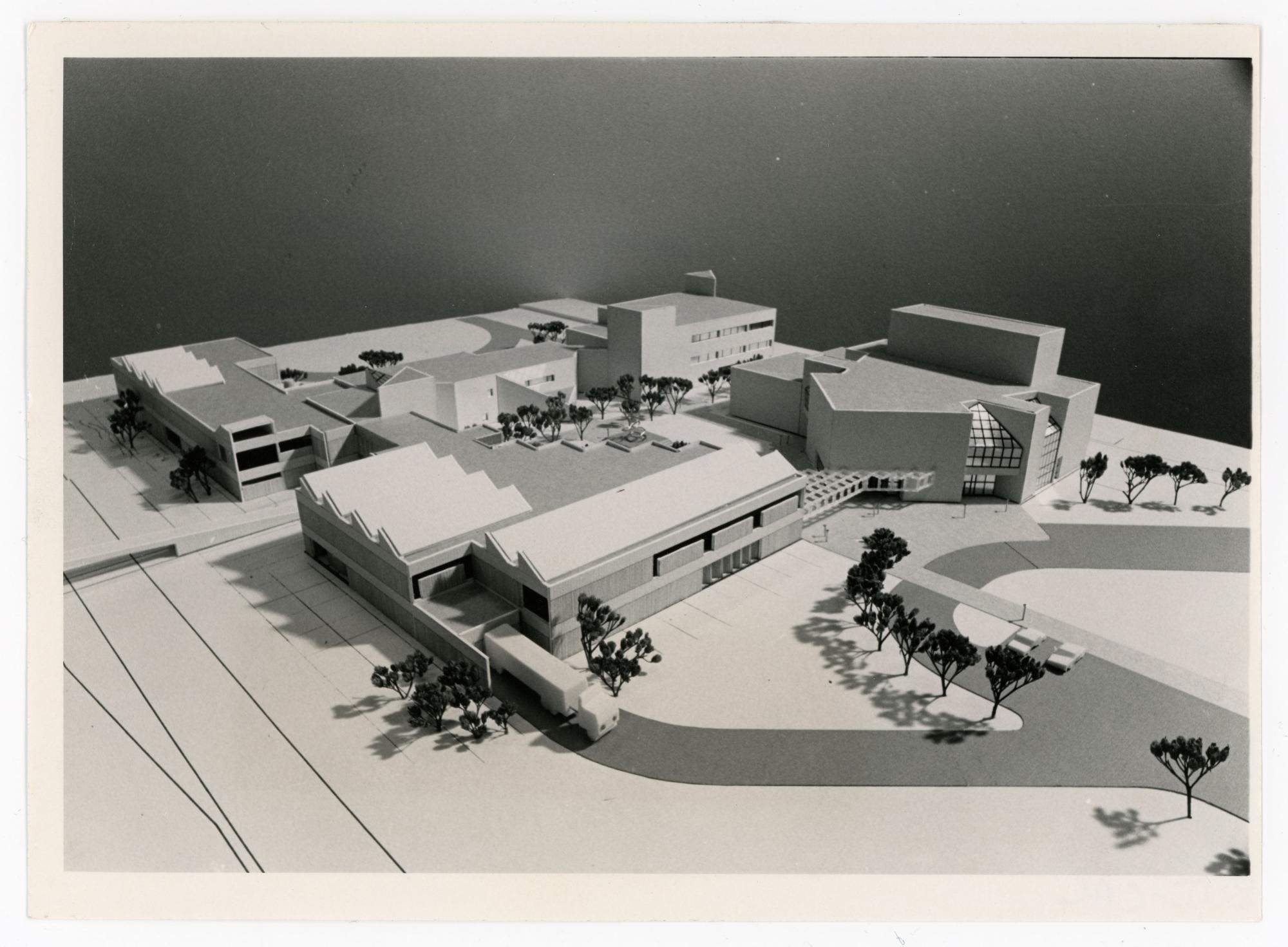
In the summer of 1973, UNI planning staff member Ken Wiseman said that plans for a $3.6 million Speech/Art Complex were well underway and that the plan’s size would depend on the Regents' disposition of $963,000 in replacement funds for Old Gilchrist Hall, which was destroyed by fire on May 12, 1972. At the same time, Professor Edward Thorne, head of the Department of Speech, spoke about a possible location for the new complex. He favored the site now occupied by the Curris Business Building, but hoped that the site would be near Russell Hall because of the close and continuing collaboration between speech and music faculty. Thorne said that the priorities for the complex would be classroom space, a theater, and broadcasting and film facilities. At their November 1973 meeting, the Regents moved the Speech/Art Complex up on their capital projects list and earmarked a total of $4.7 million for the project.
The Northern Iowan applauded the progress toward funding and building the Speech/Art Complex. An editorial noted that some students and faculty had been unhappy that the university had prioritized the UNI-Dome project over the much-needed speech, art, and theater facilities. The editorial pointed out that the Dome was built largely with private donations and student fees, and that the Speech/Art Complex depended on appropriated funds. In September 1974, the Regents approved a $4.5 million budget for Phase I of the Speech/Art Complex, which would include a 78,062 gross square foot building that would come to be known as the Communication Arts Center (CAC). The CAC would house offices of the Dean of the College of Humanities and Fine Arts; the Department of Speech; the Department of Speech Pathology and Audiology; and Broadcast Services. Phase I would also include a theater facility of about 30,000 square feet. Phase II would be the Kamerick Art Building. The Regents also approved a site north and west of Russell Hall as the location of the new complex.
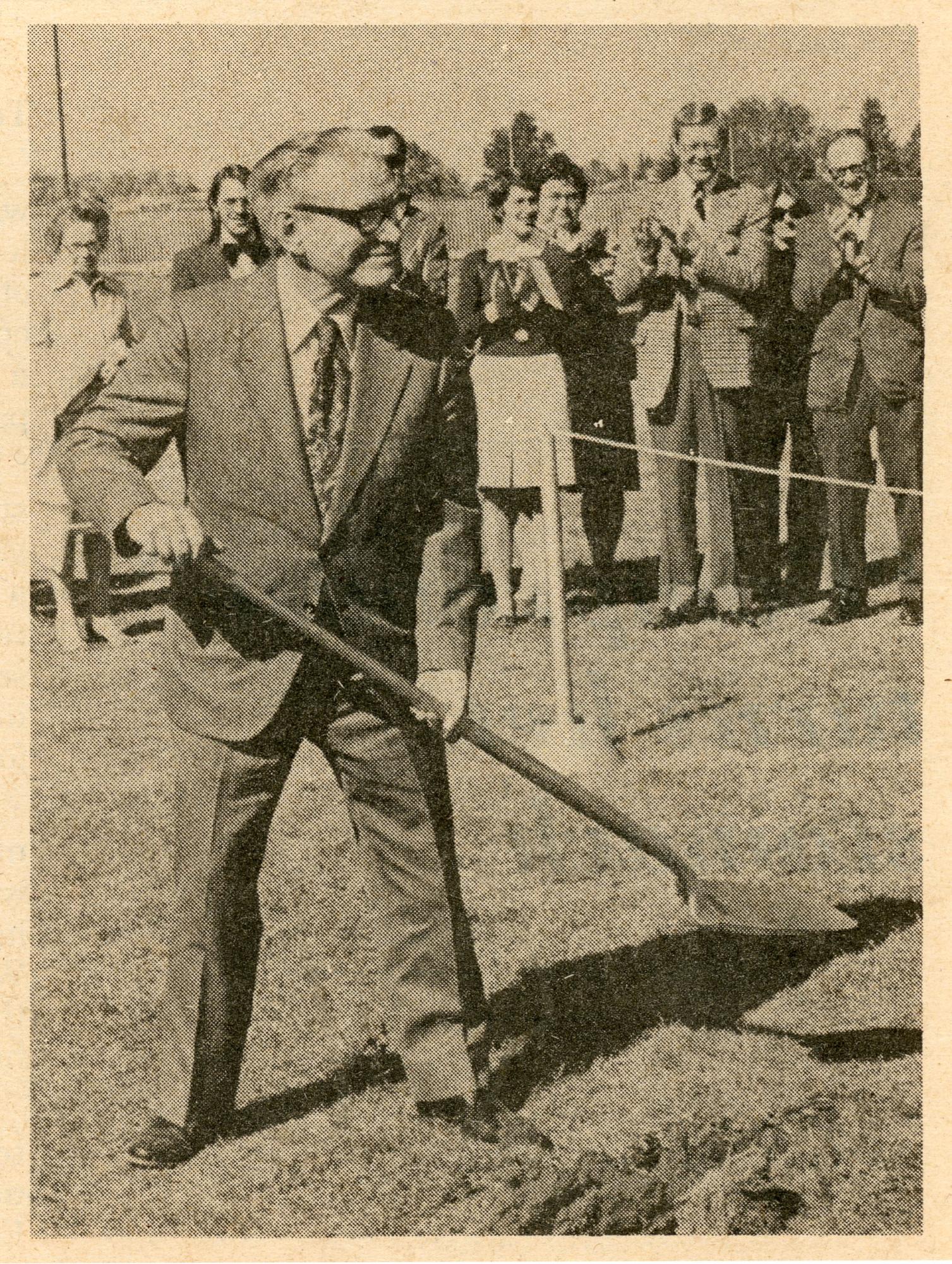
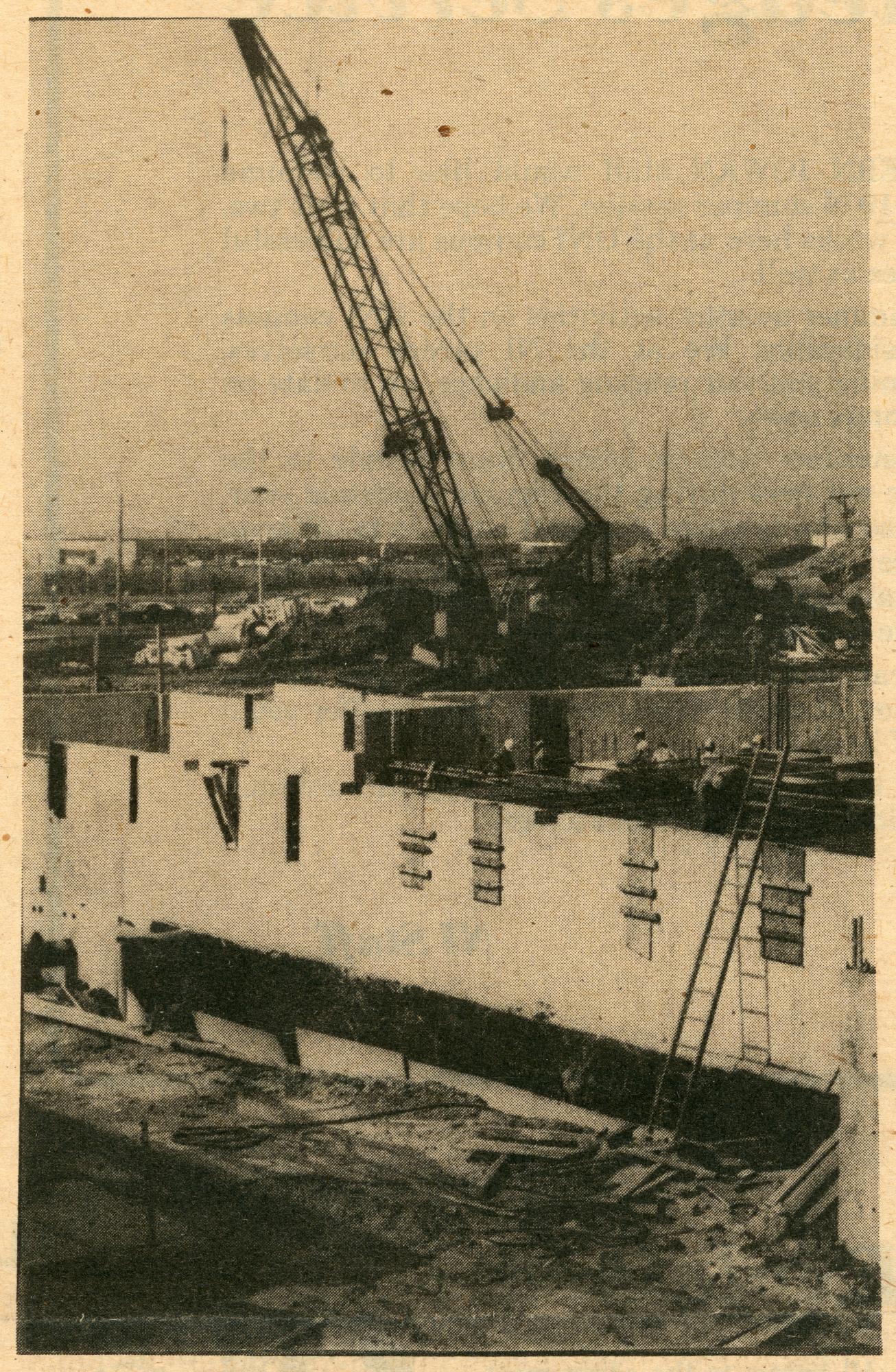
The original budget for Phase I was $4.56 million, but, when bids came in at $6.22 million, UNI officials revised the plans, and the Regents approved a budget of $5.15 million in September 1975. While administrators hoped to restore some of the cuts when it came time to build Phase II, the Communication Arts Center would come nowhere near its original plans to house both speech and art faculty and facilities. The local newspaper, the Cedar Falls Record, noted bitingly, "Inflation takes speech-art out of Speech/Art Complex."
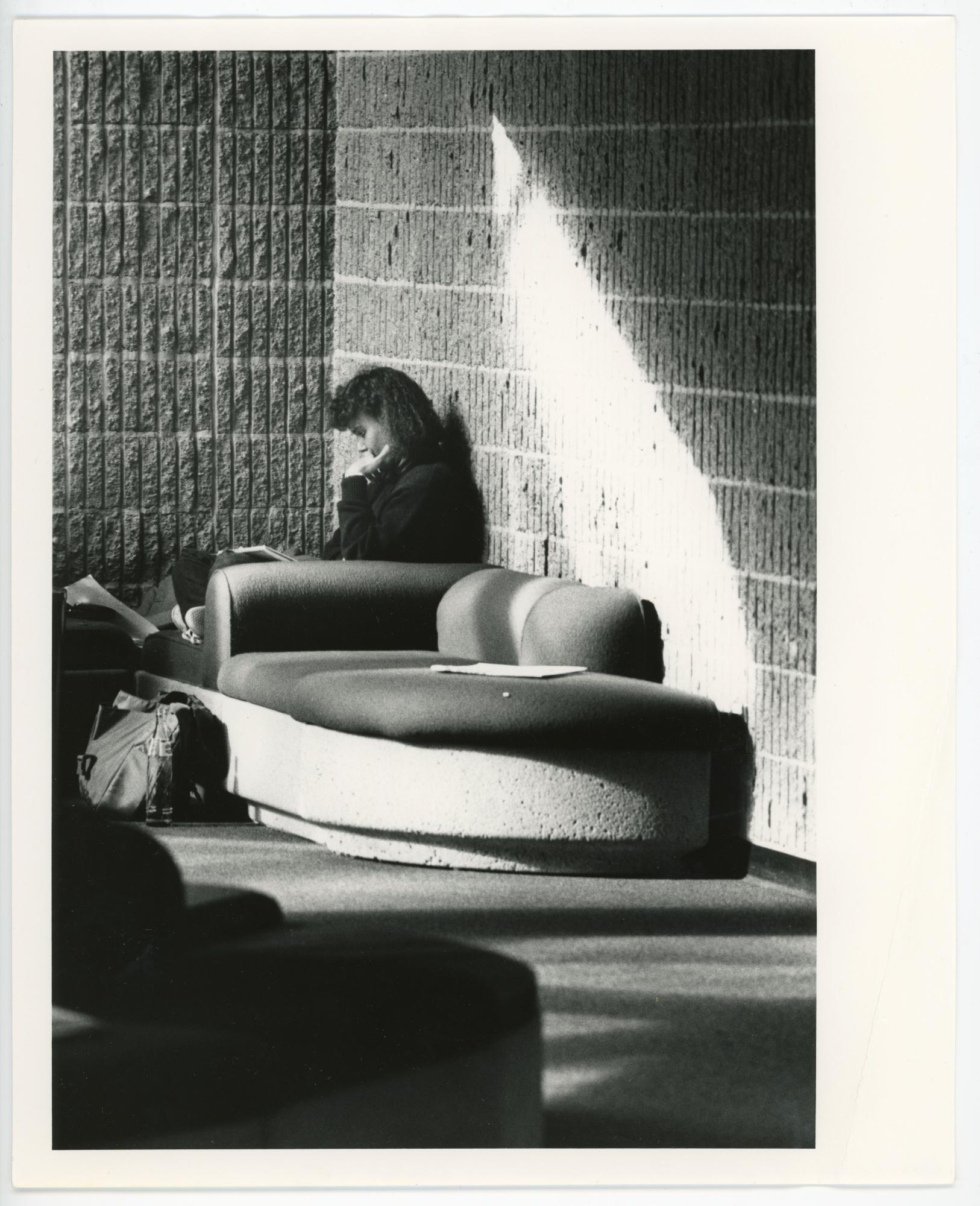
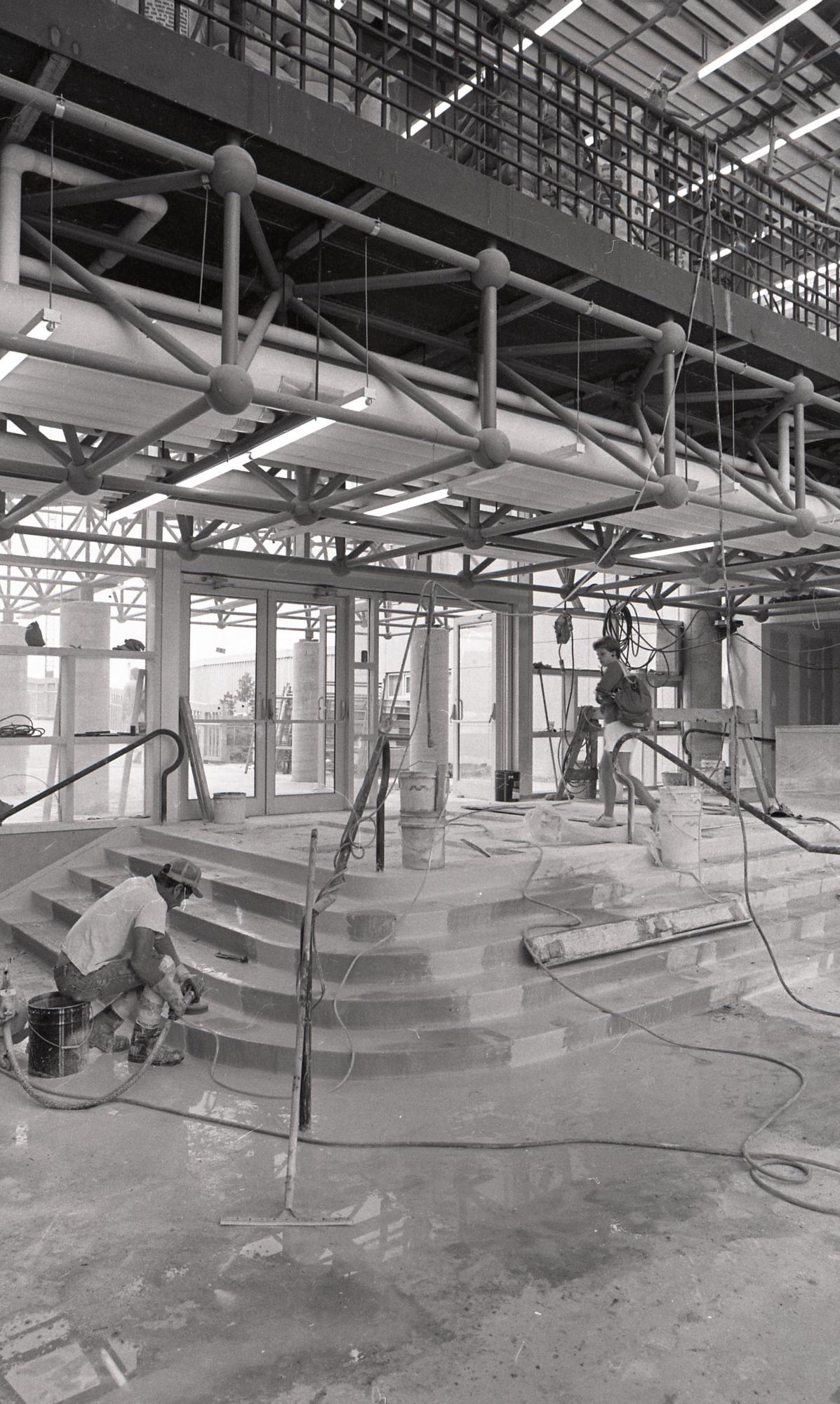
The university held a groundbreaking ceremony for the new building on October 6, 1975. Janet Travis, Dean of the College of Humanities and Fine Arts, presided; Regent Harry Slife, President Kamerick, and Professors Stanley Wood and Jon Hall, as well as Director of Broadcasting Services Douglas Vernier participated. By March 1976, construction was well underway, with the foundation and some structural support work complete. While construction progressed, Director of Planning Leland Thomson worked with the interior design firm of Westberg Klaus of Minneapolis on the complex task of developing appropriate facilities for occupants.
Construction of the Communication Arts Center was completed in 1978, with a formal dedication on November 10-11, 1978. Dedication ceremonies included addresses by distinguished alumni Kenneth Anderson and James F. Curtis and a live broadcast on KUNI. The Art Gallery, temporarily housed in the new building, featured work by Willem de Kooning. Dean of the College of Humanities and Fine Arts Margarette Eby explained the naming of the facility. She said that the term "Speech/Art Complex" referred to a group of three buildings planned to be built in a U-shape: a theater building, an art building, and a communication building. In spring 1978, the affected department heads and the Director of the Art Gallery met and decided on the name Communication Arts Center for the communication building.
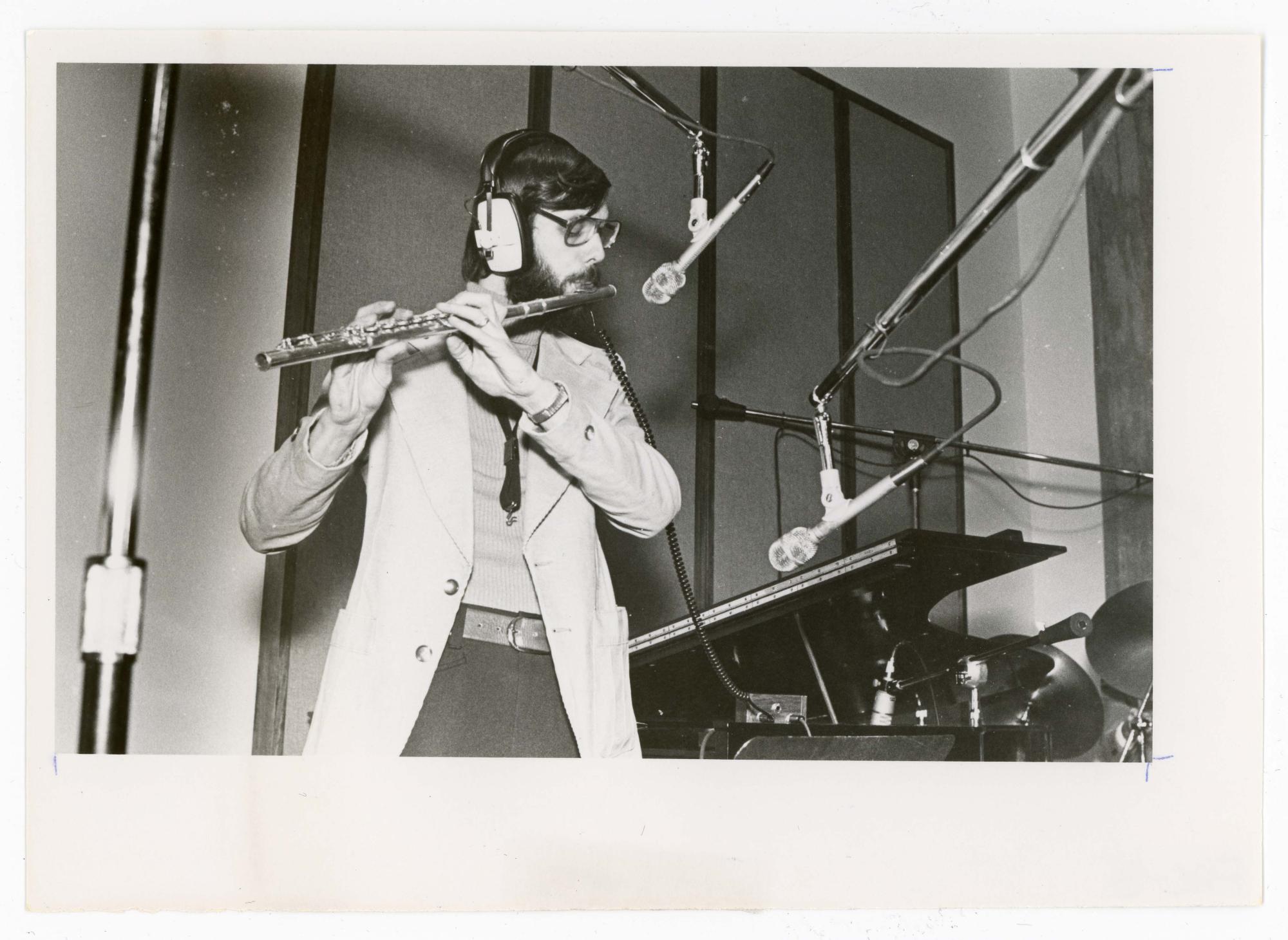
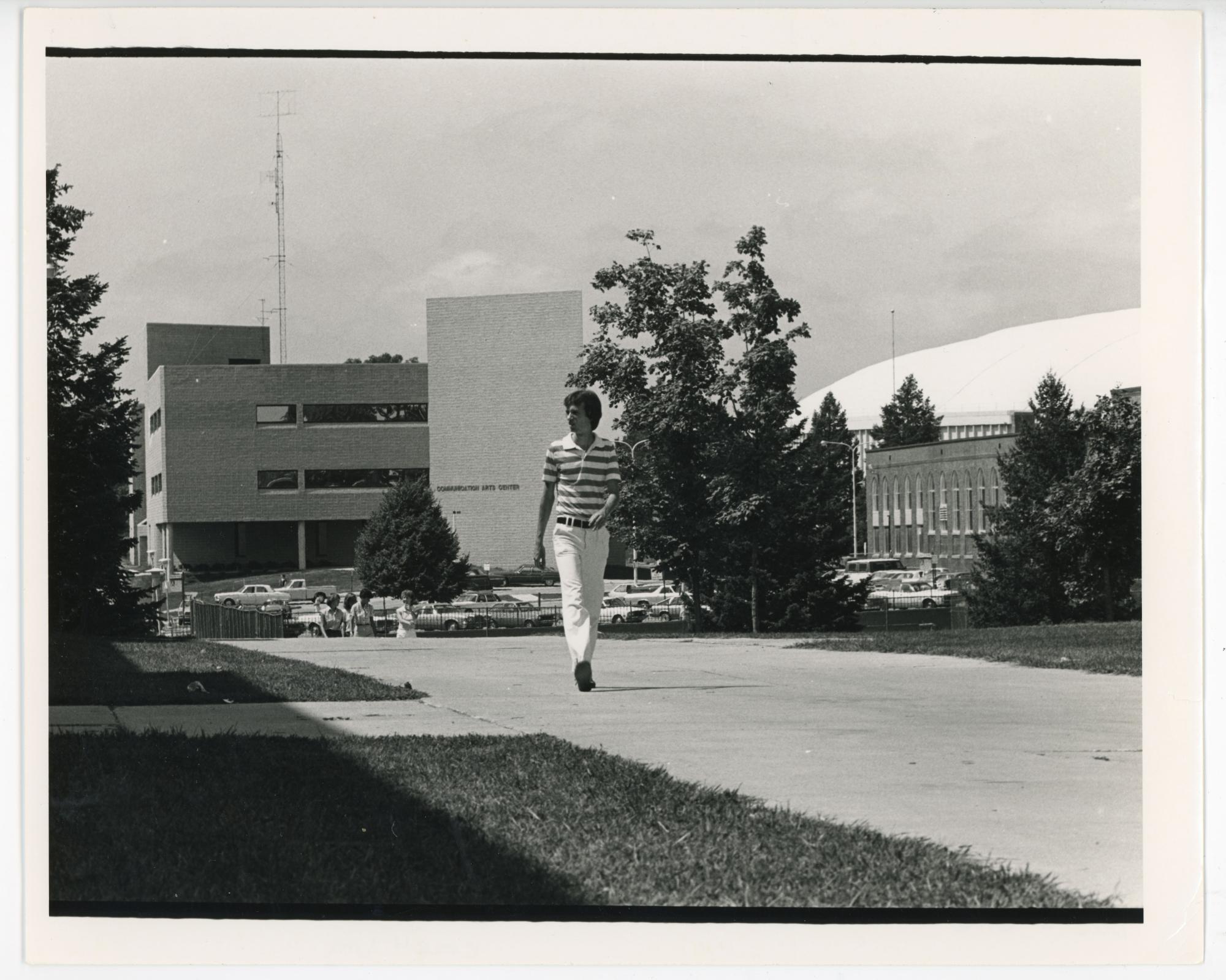
The CAC houses classrooms, the office of the Dean of the College of Humanities and Fine Arts, radio stations KUNI and KHKE, the Department of Communicative Disorders, the Speech and Hearing Clinic, and the UNI Civic Arts Association.
Compiled by Library Assistant Susan Witthoft; edited by University Archivist Gerald L. Peterson, July 1996; substantially revised by Gerald L. Peterson, with research assistance by Student Assistant Julie Wiese and scanning by Library Assistant Gail Briddle, March-April 2003; last updated November 9, 2011 (GP); content updated by Graduate Intern Marcea Seible, June 2025.
